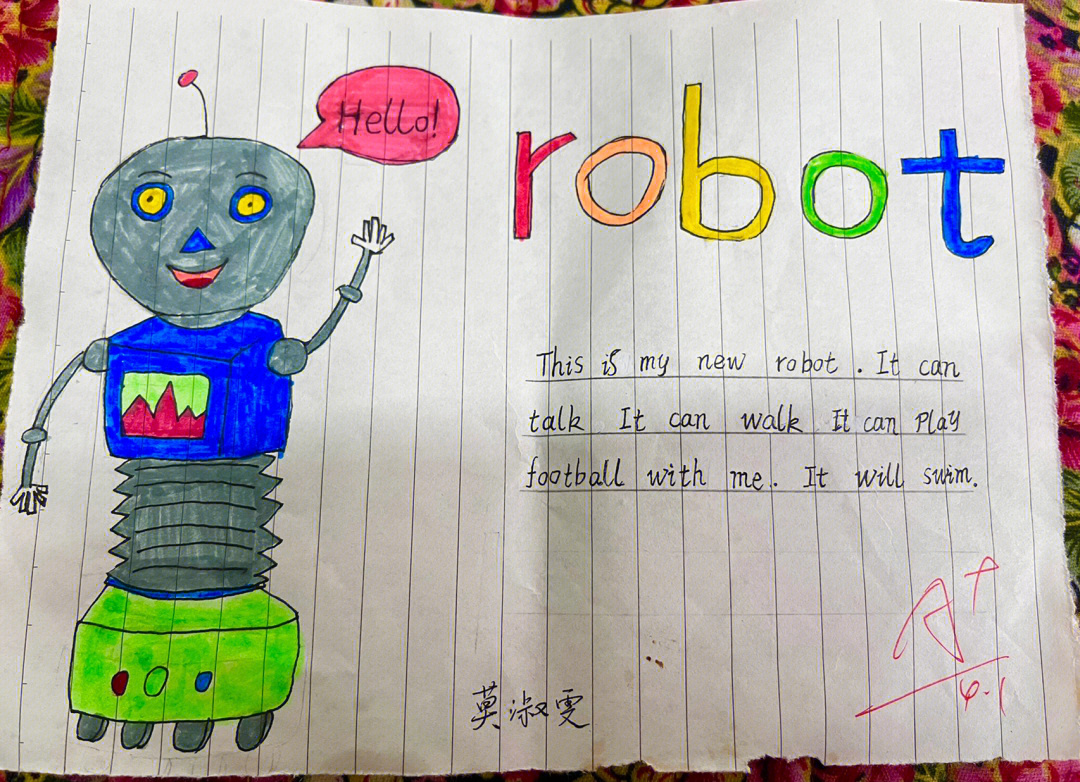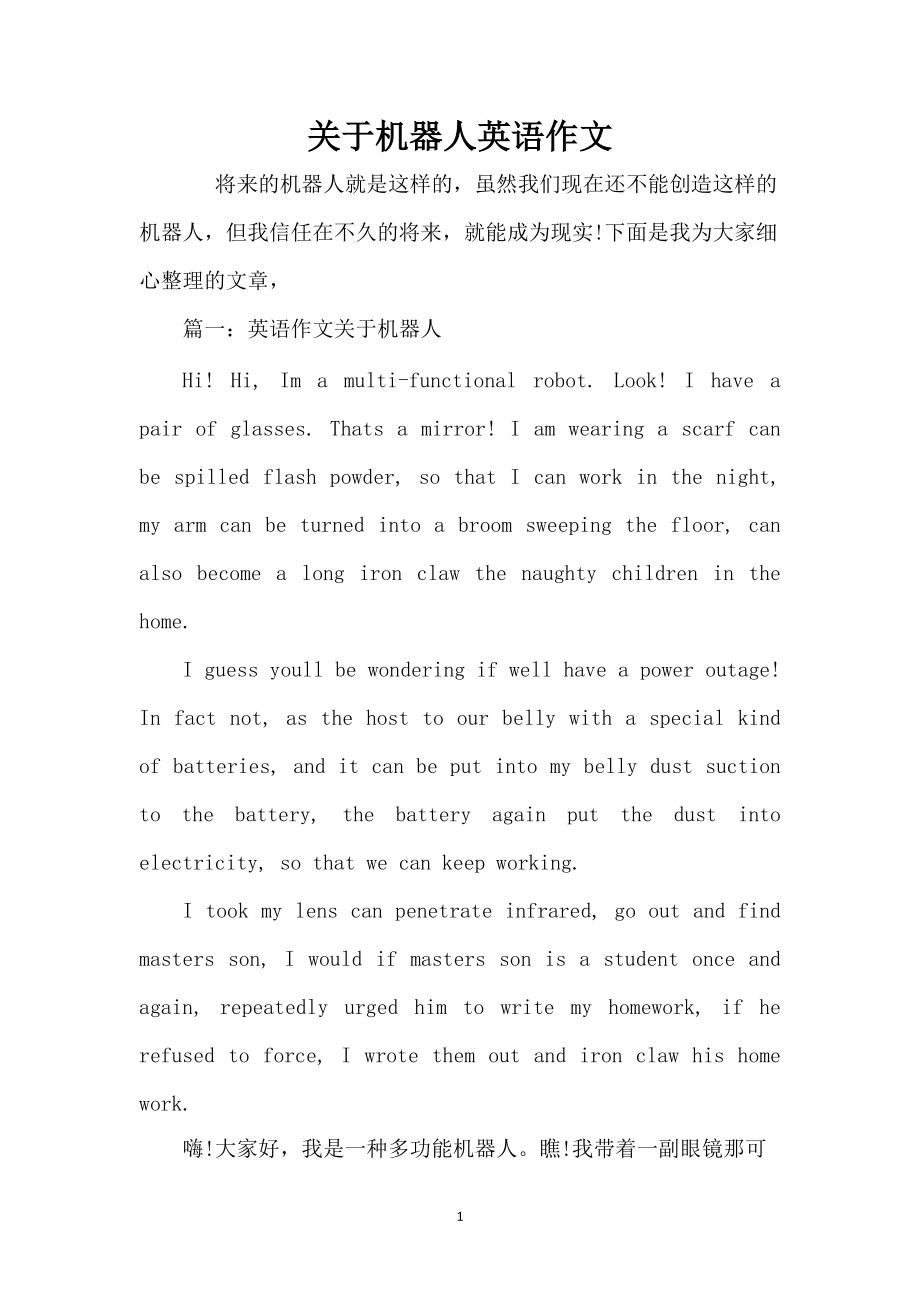本文探讨了机器人的外观形态,深入剖析了机器人的设计特点和趋势。从简单的机械结构到复杂的仿生形态,机器人的外观不断演变,以适应各种应用场景的需求。本文旨在为读者提供关于机器人外观的见解和了解。
In the realm of technology, robots have become an integral part of our daily lives. They are no longer just machines confined to factories or research laboratories, but are increasingly finding their way into our homes, offices, and various other fields. As we encounter robots more frequently, the question often arises in our minds: what do robots look like?
Robots come in various shapes and sizes, each designed to fulfill a specific purpose. While the appearance of robots may vary depending on their function and the creativity of their designers, there are some common features that are often found in most robots.
Firstly, robots are usually built with a solid structure made of metal or other durable materials. They have a body that can range from being quite simple to highly complex. Some robots have humanoid designs, resembling human beings in appearance, while others have more mechanical and less human-like designs. The size of robots also varies, ranging from small robots that fit in the palm of our hands to large robots that are several meters tall.
Secondly, robots typically have some moving parts that enable them to perform various tasks. These moving parts include joints, arms, legs, wheels, and other movable components. These parts allow robots to move freely and perform various functions such as picking up objects, moving around, and manipulating tools. Some robots also have rotating or spinning parts that help them in tasks like grinding or cutting.
Thirdly, robots are equipped with sensors and other electronic components that help them interact with their environment. These sensors help robots detect objects, navigate through spaces, and respond to commands. Some robots also have cameras or other visual sensors that help them see their surroundings. These sensors provide robots with the ability to adapt to different environments and perform tasks effectively.
Fourthly, the appearance of robots also depends on their purpose or application. For instance, industrial robots are designed to perform repetitive tasks in factories and are often built with sturdy mechanical designs. Service robots, on the other hand, are designed to assist people in their daily tasks and may have more humanoid designs that are easier to interact with. Other types of robots such as autonomous vehicles or drones may have different designs optimized for their specific functions.
Lastly, the appearance of robots is also influenced by the creativity and imagination of their designers. Just like any other product of design, robots can be created with different shapes, colors, and designs. Some robots may have a more futuristic appearance with sleek designs and vibrant colors, while others may have a more practical and less flashy design.
In conclusion, the appearance of robots is highly diverse and depends on various factors such as their purpose, the creativity of their designers, and the technology used in their development. While robots may vary in shape, size, and design, they all share a common goal of helping us in our daily tasks and making our lives easier and more convenient. As technology continues to advance, we can expect to see more innovative and fascinating designs of robots in the future.



 京公网安备11000000000001号
京公网安备11000000000001号 京ICP备11000001号
京ICP备11000001号